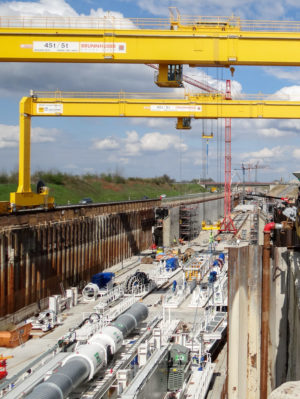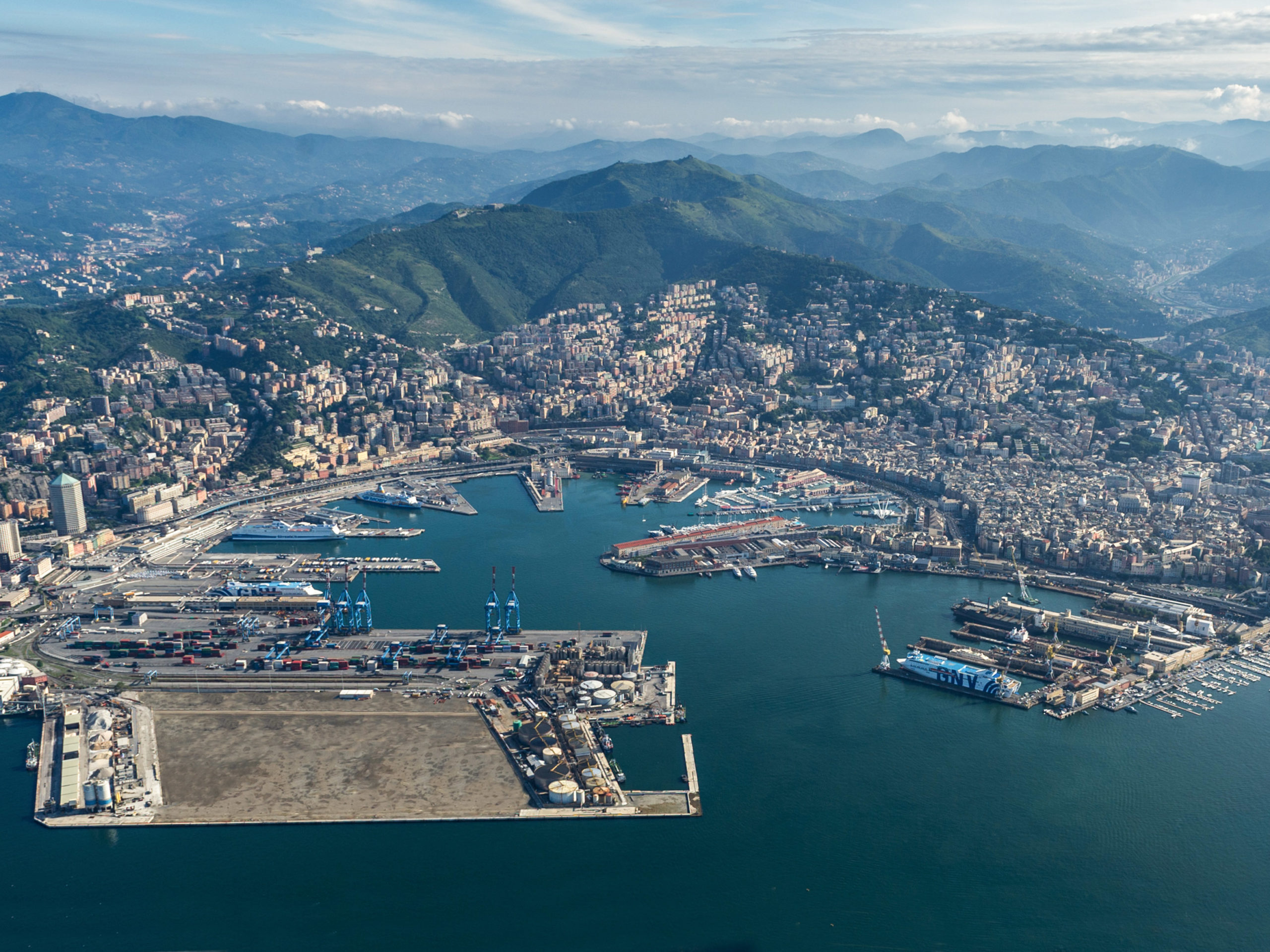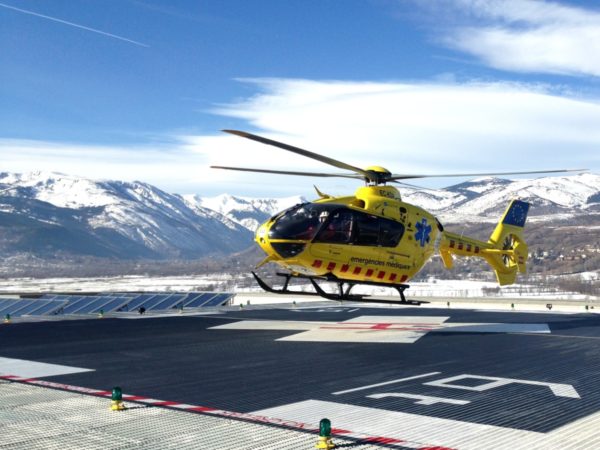How to stop the Rhine-Alpine transport corridor from collapsing again
On 12 August 2017 Europe's busiest railway collapsed at one of its busiest points. Ground water broke into a high-speed tunnel under construction near Rastatt (Germany), on the main line between Karlsruhe and Basel, in the Rhine-Alpine Corridor.

The Rhine-Alpine corridor connects the ports of Rotterdam (the Netherlands) and Genoa (Italy). It is the most heavily used freight transport route in Europe, carrying about 1 billion tons of cargo per year. It also cuts through a densely populated area of 70 million inhabitants.
The consequences of the accident in Rastatt could have been dramatic, with around 200 freight trains and more than 150 passenger trains passing that point daily. Fortunately, the security system worked well and the tracks were empty at the time of the accident. Nobody was hurt, but all routes connecting Northern Germany to Southern Germany, and Germany to Switzerland, had to be closed for eight weeks. This resulted in logistical chaos for both freight and passenger services, and EUR 1 billion in losses, “a sum equivalent to the cost of the Rastatt tunnel itself”, according to Dr Sebastian Wilske, Deputy Manager of the Regional Planning Association Middle Upper Rhine, based in Karlsruhe. The accident was an eye-opener. “[Before this accident] nobody was aware that there was no alternative route for passenger and freight trains to continue to Southern Germany and Switzerland”, says Dr Wilske.
The prevention of such an accident and the limitation of its possible impact was the task of the German Railway Company, but Dr Wilske and his colleagues are currently looking into ways of minimizing the consequences of a similar incident in the future. They are not alone. For this task they are working with their partners at the Interregional Alliance for the Rhine-Alpine Corridor EGTC, an international legal entity created in 2015 as a result of the Interreg project Code 24.
The Rhine-Alpine Corridor EGTC has no infrastructure competences. It serves as a platform for strategic planning at an international level, bringing together local and regional authorities from the 6 countries along the Rhine-Alpine Corridor who get together to tackle common issues. In the wake of the Rastatt accident, they gathered a committee of experts to draft a resolution of recommendations for competent institutions to help prevent and tackle similar situations in the future.
The accident made everybody understand how interdependent our regions are.
One of the areas where the EGTC suggested improvements is in ensuring the railway networks can operate in conjunction with each other. This is especially important between neighboring countries along the Corridor. During the Rastatt 8-week closure, language issues prevented trains from taking alternative routes in France. Another point for improvement identified by the EGTC was the infrastructure capacity of alternative routes. With only one track available, the Black Forest alternative route had to stop passenger trains from operating in order to leave the track available for freight trains.
“The accident made everybody understand how interdependent our regions are”, says Jörg Saalbach, Director of the Rhine-Alpine Corridor EGTC. The EGTC was conceived to respond to exactly that mutual dependency of regions in several countries along the Rhine-Alpine corridor. It was planned to consolidate in the long run the work initiated by Code 24, a 5-year project financed by Interreg North-West Europe. “Everybody knew from the start that the development of the corridor could not be completed during the project’s lifetime, so we worked on the creation of an EGTC to continue the work after the project’s end date in 2015”, says Saalbach.
Regions are more influential when speaking with one voice
“Being part of the EGTC allows us to learn from each other’s issues and together arrive at possible solutions. Our proposals have a better chance of getting through when we present them as an EGTC rather than as an individual institution”, explains Dr Wilske.
A priority for them this month is to translate their list of recommendations into an action plan: “A well thought out risk analysis and consequent emergency plan for the entire Corridor is urgently needed”, concludes Saalbach.



